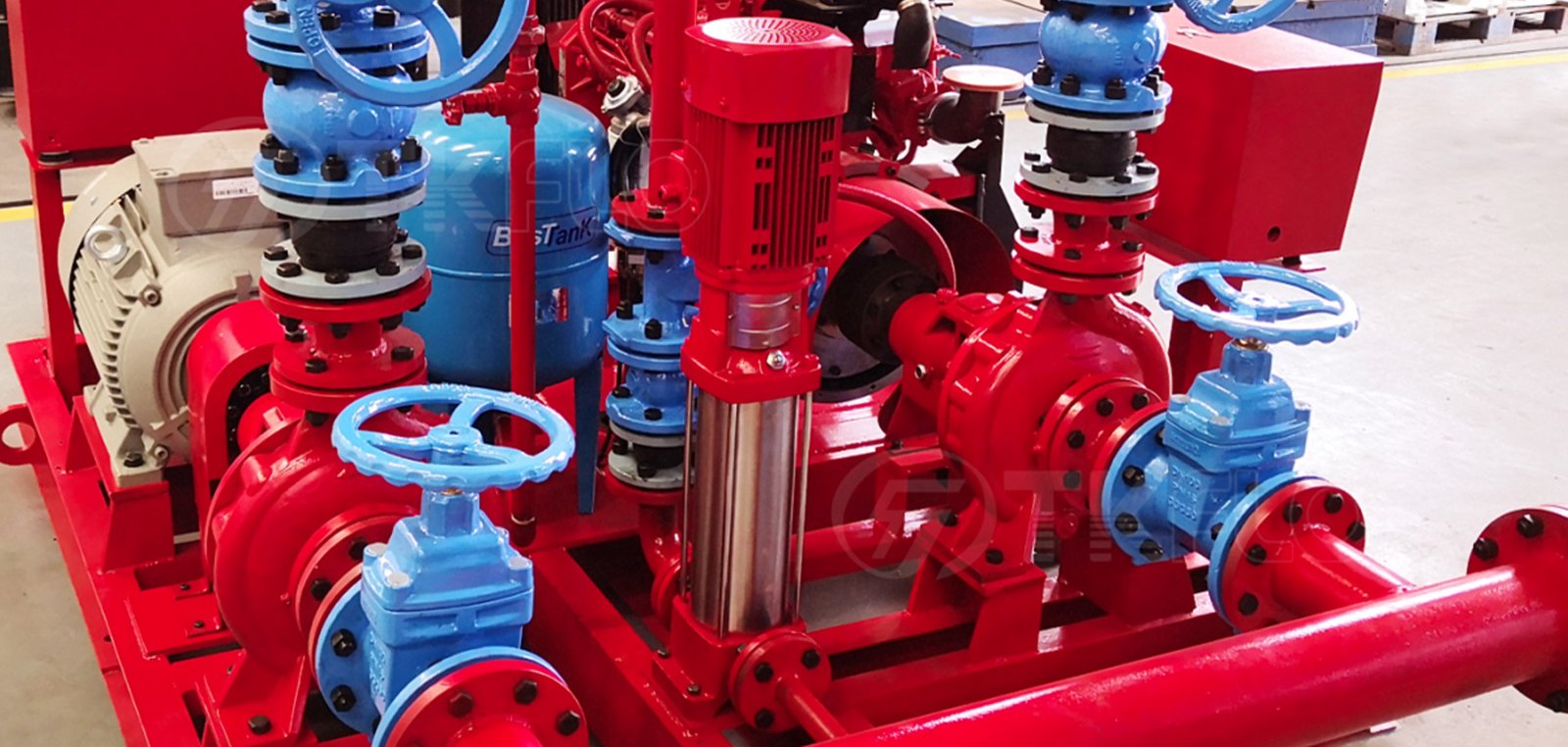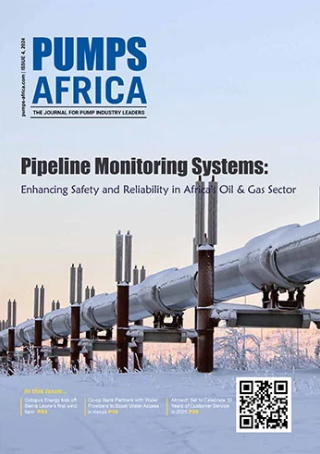Jockey pumps are an essential component of fire protection systems, particularly in high-rise buildings and other structures that require reliable fire suppression capabilities.
In this article, we will explore what jockey pumps are, how they work, their importance in fire protection systems, and the things to consider when purchasing one.
What Are Jockey Pumps?
Jockey pumps are small, high-pressure pumps that are used to maintain the pressure of water in fire protection systems. They are typically installed in a parallel arrangement with larger, primary pumps, which are responsible for supplying water to the sprinkler system in case of a fire.
The role of the jockey pump is to ensure that the water pressure in the fire protection system remains within a specified range. This is important because if the pressure drops below a certain level, the sprinklers may not work as intended, which could result in a catastrophic fire.
How Do Jockey Pumps Work?
Jockey pumps are designed to maintain the pressure in the fire protection system by constantly monitoring the pressure and turning on and off as needed. When the pressure drops below a predetermined level, the jockey pump will turn on and pump water into the system until the pressure is restored. Once the pressure is within the desired range, the jockey pump will turn off.
Jockey pumps typically have a smaller motor and impeller than primary pumps, which allows them to operate more efficiently and with less wear and tear. They are also designed to run continuously, so they do not need to be turned off or on manually.
Why Are Jockey Pumps Important?
Jockey pumps are critical components of fire protection systems because they help ensure that the sprinklers will function properly in the event of a fire. By maintaining the pressure in the system, jockey pumps help ensure that the water will flow through the sprinklers at the required rate, which is essential for effective fire suppression.
In addition to their importance in fire protection systems, jockey pumps can also help reduce energy consumption and wear and tear on primary pumps. By maintaining the pressure in the system, jockey pumps can reduce the number of times primary pumps need to turn on and off, which can extend the life of these pumps and reduce energy consumption.
Jockey pumps are small, high-pressure pumps that are critical components of fire protection systems. They help ensure that the pressure in the system remains within a specified range, which is essential for effective fire suppression. By maintaining the pressure in the system, jockey pumps can also help reduce energy consumption and wear and tear on primary pumps, making them an important investment for any building or structure that requires reliable fire protection capabilities.
If you’re looking to buy a jockey pump, there are several factors to consider before making your purchase. Jockey pumps are an essential part of any fire suppression system, and choosing the right one can mean the difference between a successful or failed system. Here are some of the critical things to keep in mind when buying a jockey pump.
- Flow rate: The first thing to consider is the flow rate of the jockey pump. It’s essential to choose a pump with a flow rate that matches the flow rate of the main fire pump. The jockey pump’s flow rate should be at least 10% of the main pump’s flow rate, but not more than 20%. If the jockey pump’s flow rate is too high, it can cause damage to the system and lead to a false alarm.
- Pressure rating: The pressure rating of the jockey pump is also critical. The jockey pump’s pressure should be higher than the system’s static pressure but lower than the main pump’s pressure. This ensures that the jockey pump can maintain the system’s pressure when the main pump is not running, but it won’t interfere with the main pump’s operation.
- Motor horsepower: The jockey pump’s motor horsepower should be appropriate for the system’s size and flow rate. If the motor horsepower is too low, the jockey pump won’t be able to maintain the system’s pressure, and if it’s too high, it will waste energy and increase operating costs.
- Pump material: The material of the jockey pump should be suitable for the system’s environment. If the system operates in a corrosive environment, the pump’s material should be corrosion-resistant. If the system operates in an area with high ambient temperatures, the pump’s material should be able to withstand the heat.
- Pump type: There are two types of jockey pumps: vertical and horizontal. Vertical pumps take up less space and are easier to install, but they can be more expensive than horizontal pumps. Horizontal pumps are more common and are generally less expensive, but they take up more space and can be more challenging to install.
- Manufacturer reputation: The reputation of the pump manufacturer is essential when choosing a jockey pump. It’s essential to choose a manufacturer with a history of producing high-quality pumps that are reliable and durable. You can research manufacturers online, read reviews, and talk to other industry professionals to get an idea of the manufacturer’s reputation.
- Maintenance and support: Finally, you should consider the maintenance and support available for the jockey pump. It’s essential to choose a pump that is easy to maintain and repair, with readily available replacement parts. Additionally, it’s essential to choose a manufacturer that offers technical support and assistance if you have any issues with the pump.
In conclusion, buying a jockey pump is a significant investment, and it’s essential to choose the right pump for your system. By considering factors such as flow rate, pressure rating, motor horsepower, pump material, pump type, manufacturer reputation, and maintenance and support, you can ensure that you choose a reliable and efficient jockey pump that meets your needs.







